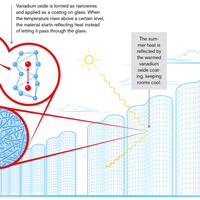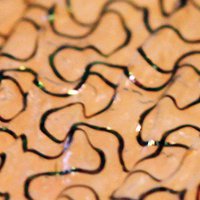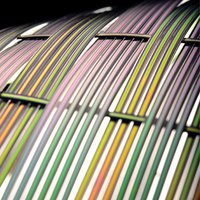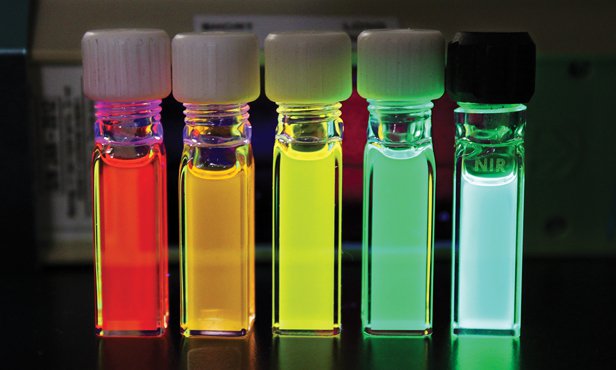Nanotechnology & materials
Prashant Jain
Tuning nanocrystals to make tinier, more efficient switches for optical computing and solar panels

Global
Sarbajit Banerjee
Windows that block heat—but let it through when you want them to

Latin America
Lina Marcela Cataño Bedoya
She has developed an innovative prototype of floating homes against the floods for areas with lower resources

Global
Nanshu Lu
Soft, flexible electronics bond to skin and even organs for better health monitoring

Global
Zheng Wang
Slowing light to help chips cope with optical data
